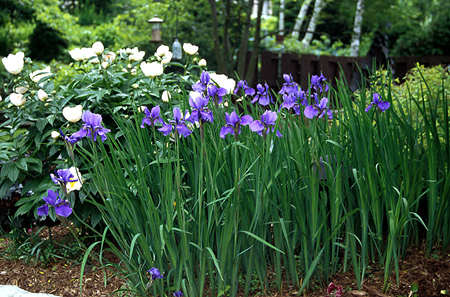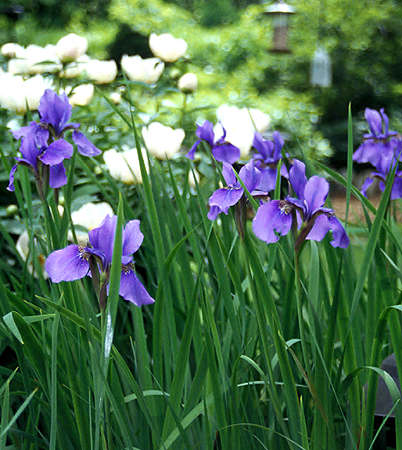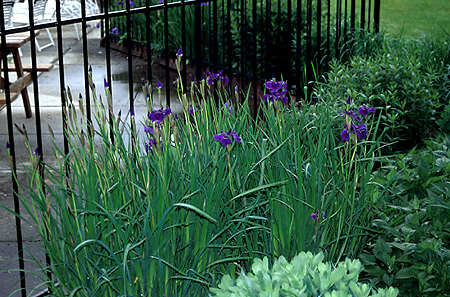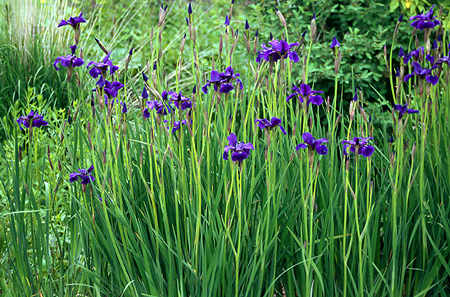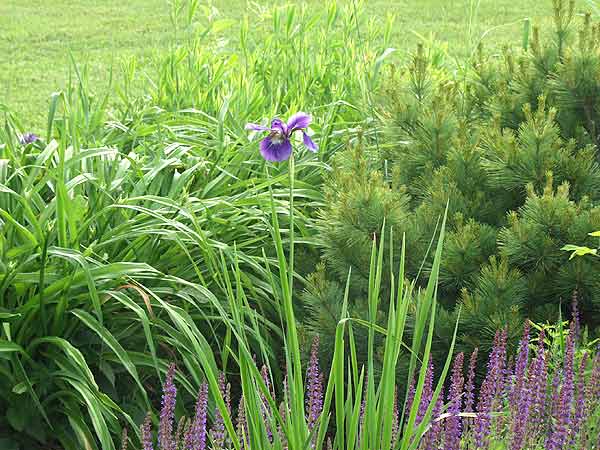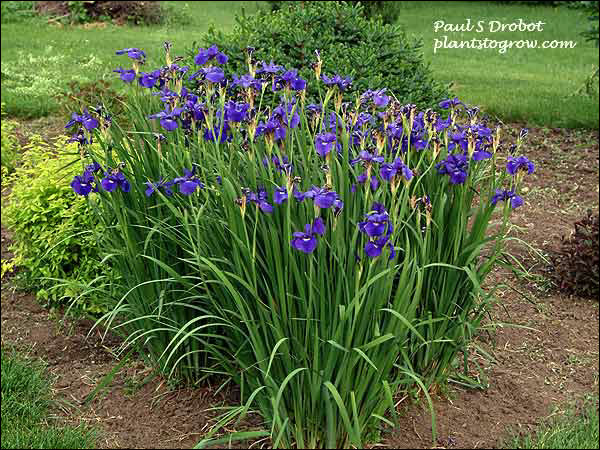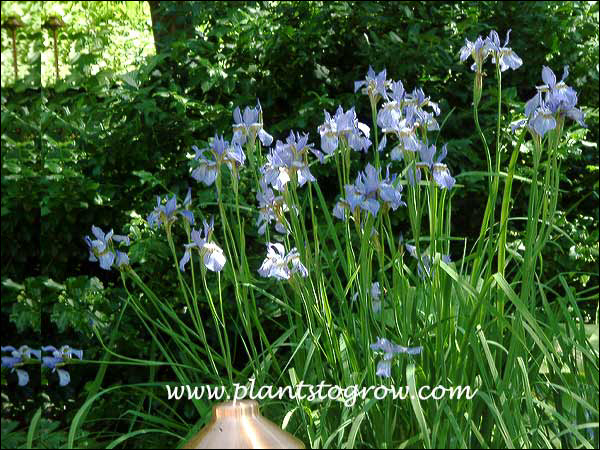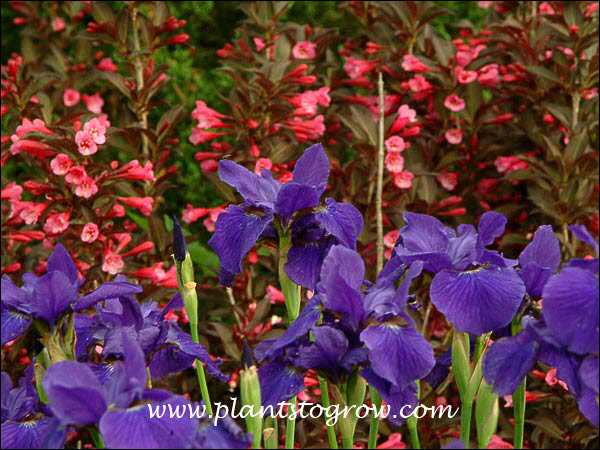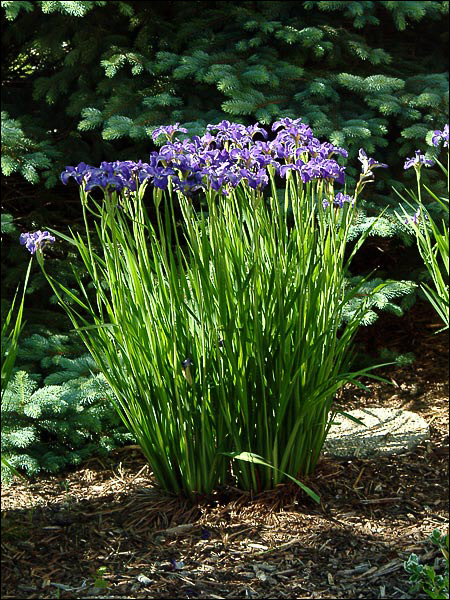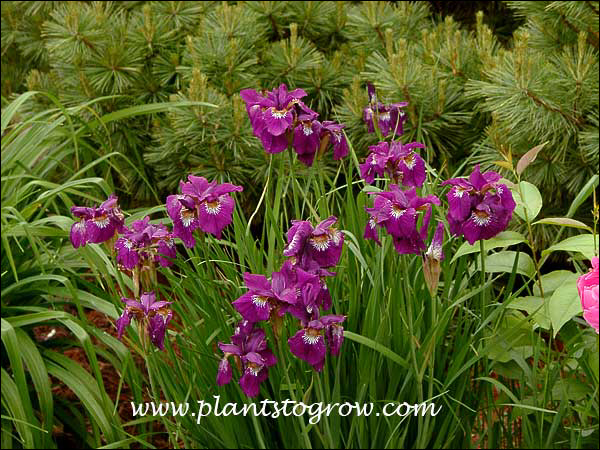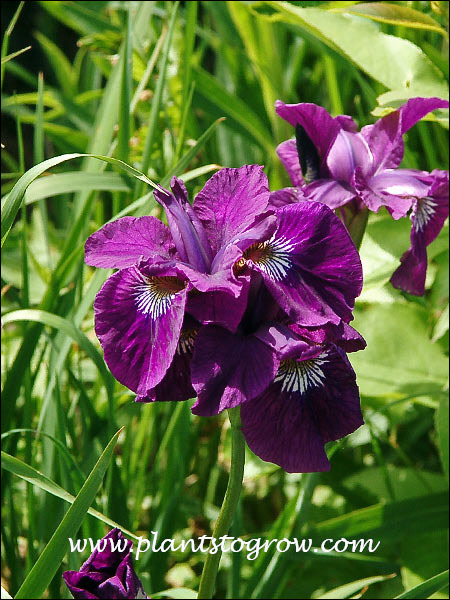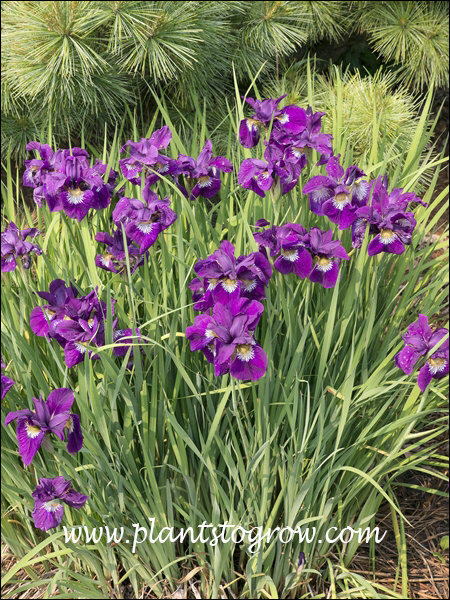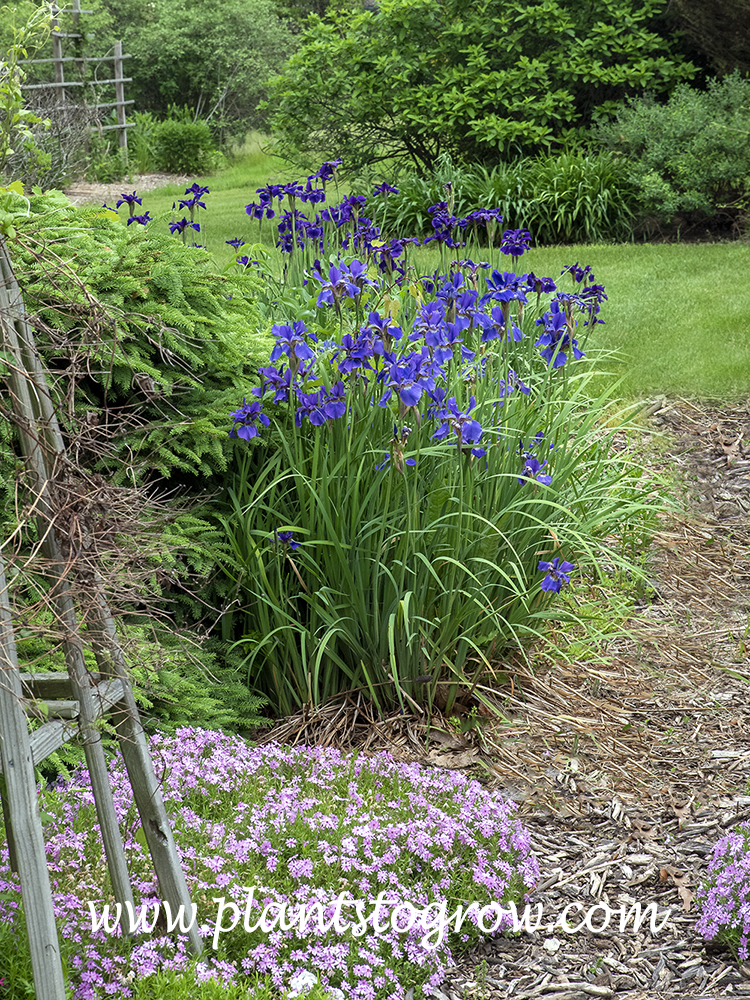| Description | Siberian Iris Although not as elegant of flowers as the more popular Bearded Iris the Siberian Iris are probably a better landscape perennial. Long-lived with few if any insect and disease problems. The foliage holds up during the entire growing season. Medium to tall in height and medium spread. |
|---|---|
| Plant Type | Perennials Hardy, Bulbs, corms, tubers, rhizoms, etc., Site author's observations |
| Hardiness Zone | 4-9 |
| Sunlight | full to light shade |
| Moisture | average, prefers moist but has been drought tolerant for me |
| Soil & Site | average, prefers moist humus rich |
| Flowers | white, blue, purple and pink, bloom period is end of May early June (zone #5), after flowering 3 foot tall brown scapes with seed pods will remain, there are some repeat bloomers, repeat bloomers first became available around 1943 |
| Fruit | 4 valved seed pods |
| Leaves | fully erect or slightly arching, linear cattail-like, foliage holds up after blooming, can get a nice yellow fall color |
| Stems | slowly spreading rhizomes |
| Dimensions | average around 3 feet tall |
| Maintenance | occasional division |
| Propagation | Divide the plants in August to September into clumps with at least 3-5 eyes. Fan back the foliage 50% or more. Older plants become more difficult to divide because of the deep fibrous root system. I was talking to a gal that runs a small perennials nursery and she uses a small reciprocating saw for dividing old clumps. |
| Author's Notes | I use this perennial a lot as group or mass plantings in shrub borders. It is a true landscape perennial. I have plants in the ground that are over 25-30 years old (2018). |
| Notes & Reference | #40 Herbaceous Ornamental Plants (Steven Stills), #125-The Siberian Iris (Currier McEwen) |

Cart
